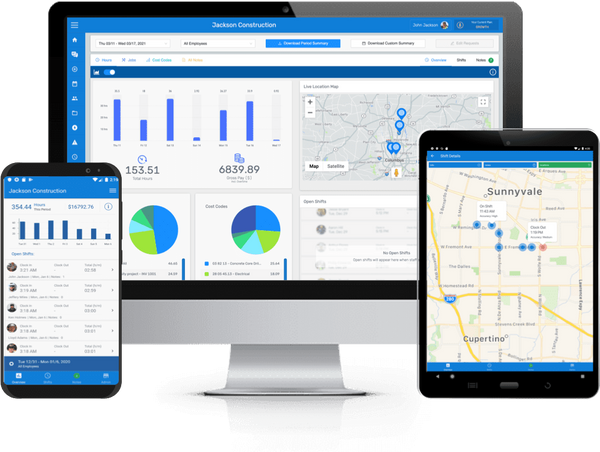Subcontractor Document List Free Template
This Downloadable Template Is Part Of Our Free Free Excel Construction Template Collection
Especially for bigger projects, it can be quite cumbersome to keep track of all the documents that make up a final bid. You need to ensure you are collecting all their latest contact info in addition to related work certifications and local licensing for the project, and also their most recent contract.
Our Subcontractor Document List Template can really help you get and stay organized by tracking all the pertinent details relating to the Scope of Work, the construction contract, and the subcontractor's individual data.
This interactive Excel file is pre filled with the formulas you need to start filling it out and utilizing it right away.
The Team At SINC
In almost every construction project, there is a mountain of paperwork that needs to be compiled and maintained. This is especially so in the case that additional contractors and subcontractors need to be brought on board. In each case, there are a pile of compliance documents that will need to be tracked; everything from licensing, certifications, bonds, lien waivers, and even insurance policies. The bigger the project, the more complicated the job of record indexing becomes, let alone the challenging task of ensuring each person is in compliance.
From time to time, documents may need to be retrieved, reviewed, updated and refiled. To keep things running smoothly, especially on larger projects, it's imperative to have some sort of system in place that lets you quickly access and maintain records. Moreover, records should be kept in one single location accessible to anyone who needs them. Many companies, especially those managing projects at different sites, rely on cloud-based storage solutions such as Google Drive, OneDrive, or DropBox to host their data, and in many cases, these solutions offer substantial free storage.
Tracking is generally done via a spreadsheet template for smaller projects, or something more robust like dedicated software. It's a good idea to make notations in the records for important dates such as when the file was initially submitted, or when it was last updated - this will make it easier down the road when searching for specific information.
In terms of managing the information that you have on file, you should organize the system based on the main project requirements. For example, lists may be organized by client or by city. Whatever the category, it's imperative that everyone in the organization who will access the data understands the purpose of it, how it is organized, and how it should be used. If necessary, permissions may need to be given for read and edit access. When you receive new documents into the system, they should be physically checked for accuracy to ensure the integrity of the data remains intact.
This sample resource is provided to you free by SINC BUSINESS CORPORATION to help with your compliance efforts and includes no warranty as to its suitability for any particular task. It is only our opinion based on our experience and should not be considered legal advice.
